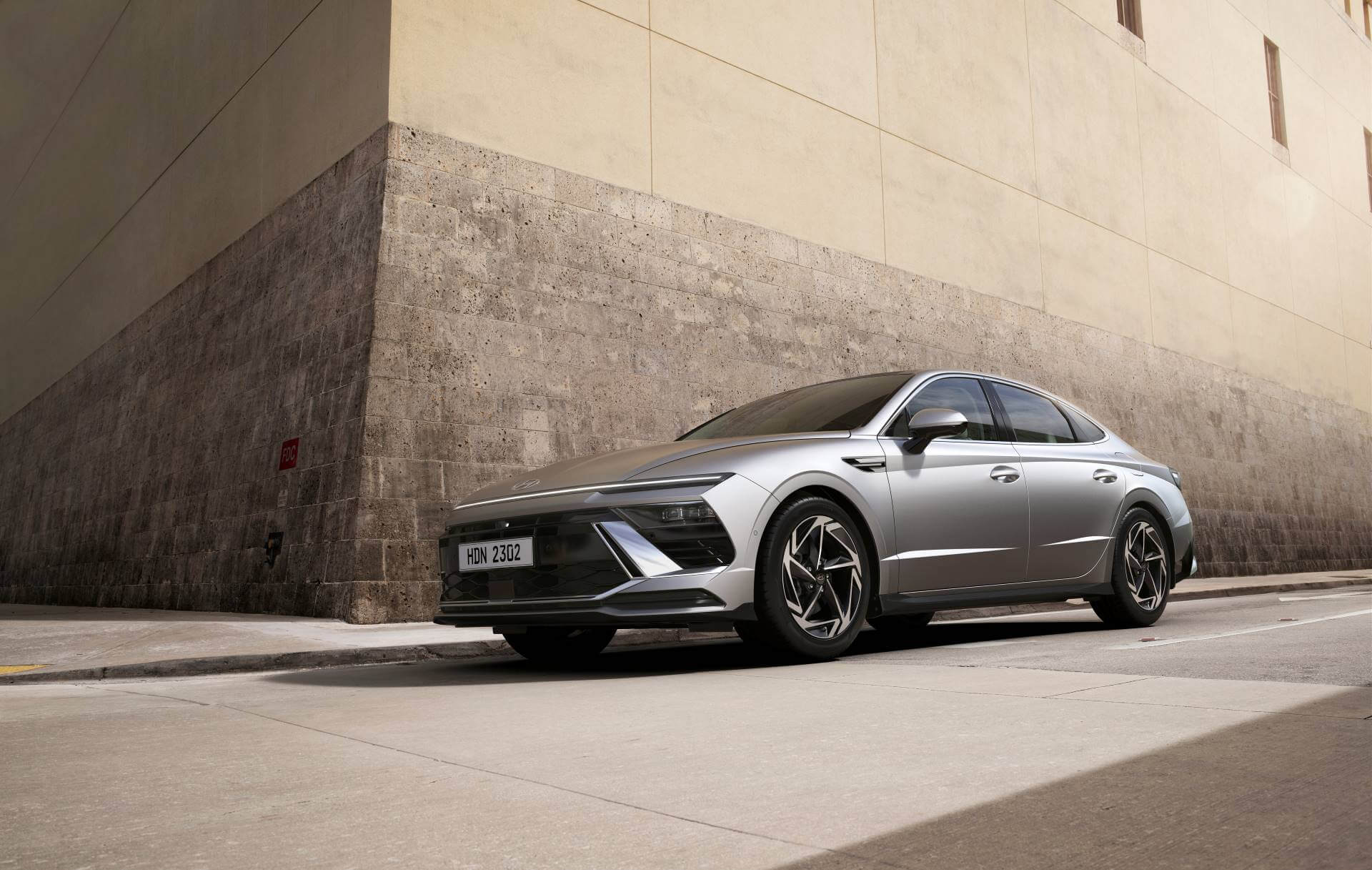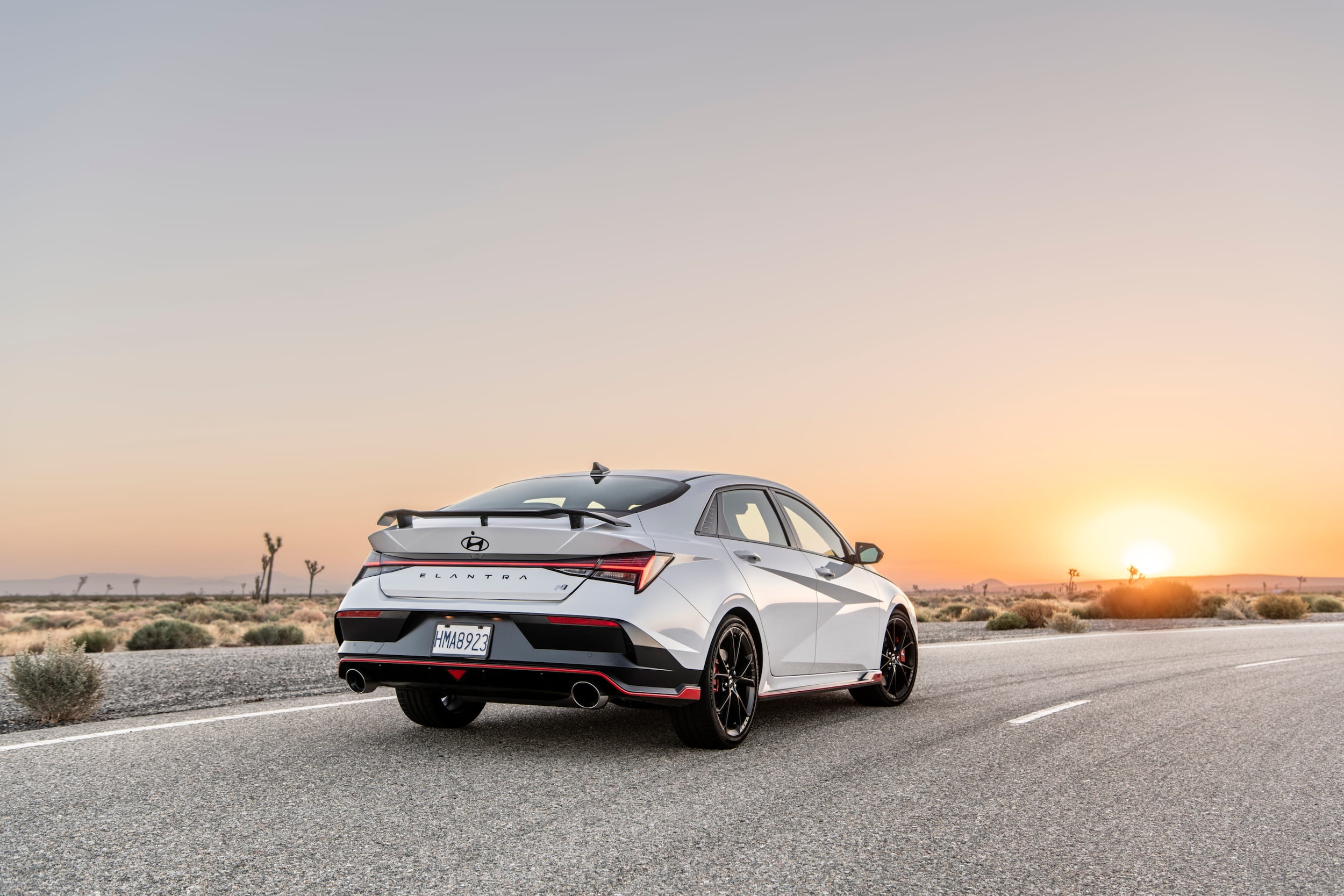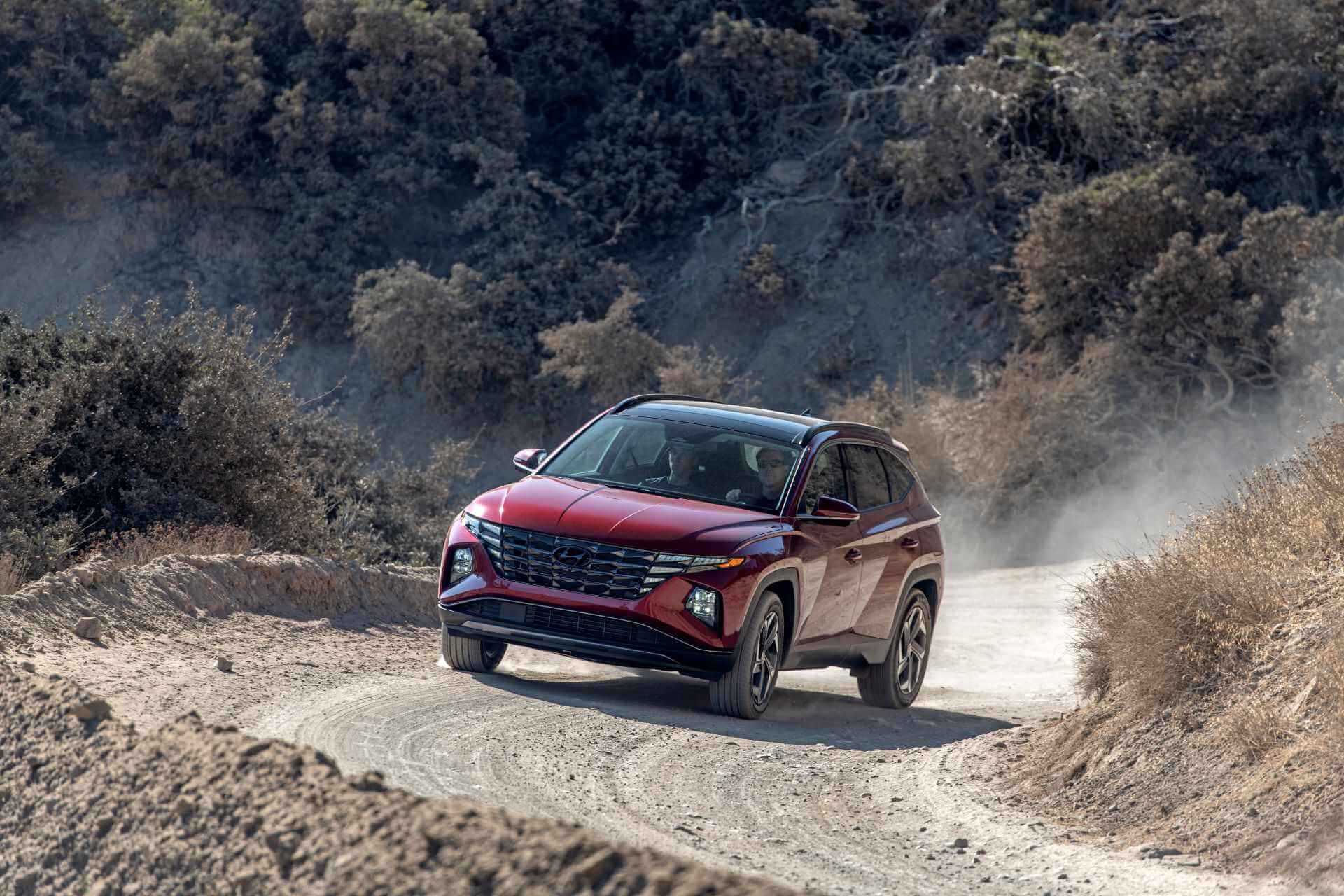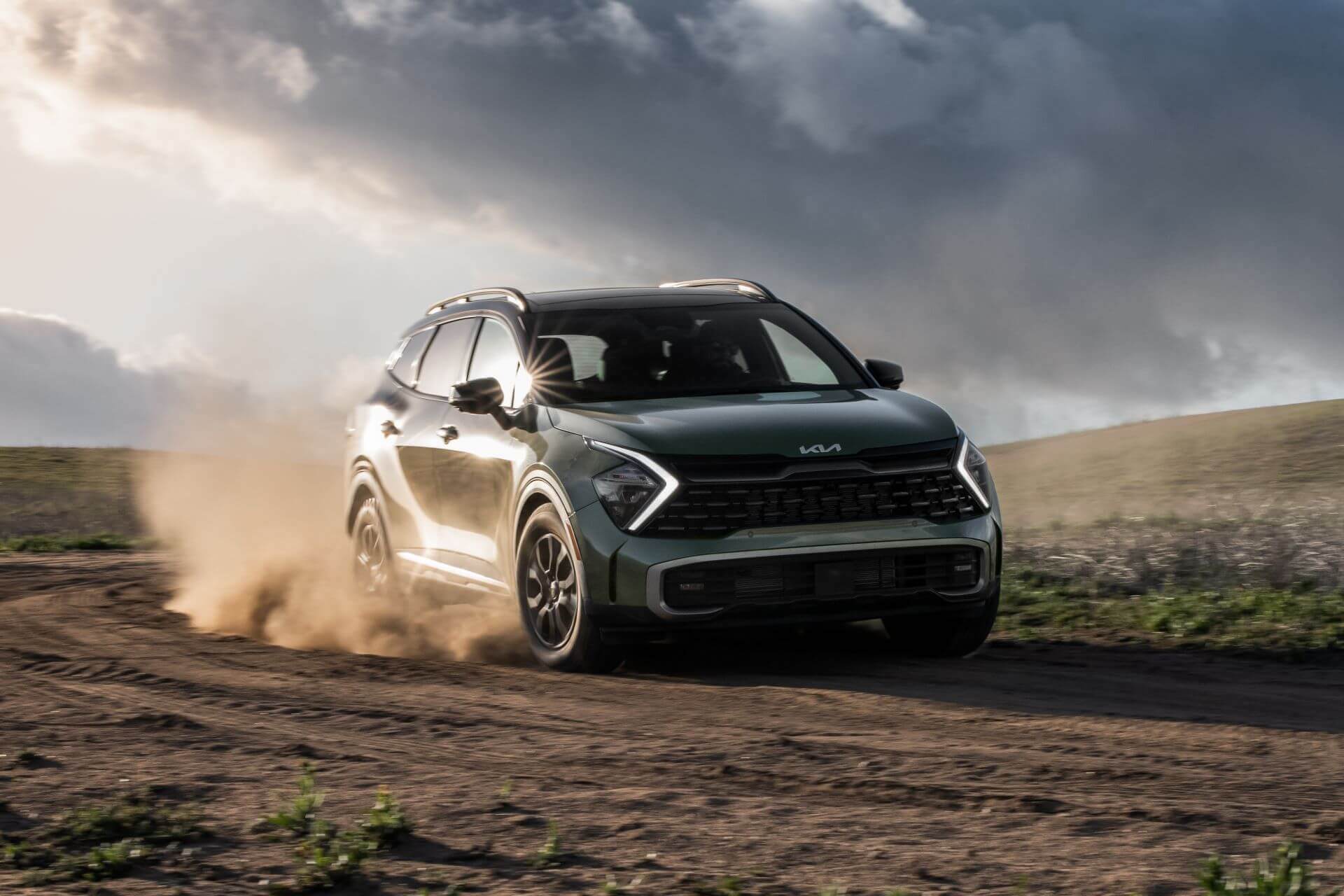Wondering how to buy a new car with ease? Embarking on the car-buying journey can be overwhelming, but it doesn't have to be. From nailing down your budget to signing the final paperwork, our guide breaks down each step, equipping you with the insights needed to make informed decisions.
With straightforward advice on everything from selecting your ideal car to mastering the negotiation process, we put you in the driver's seat of your car-buying experience.
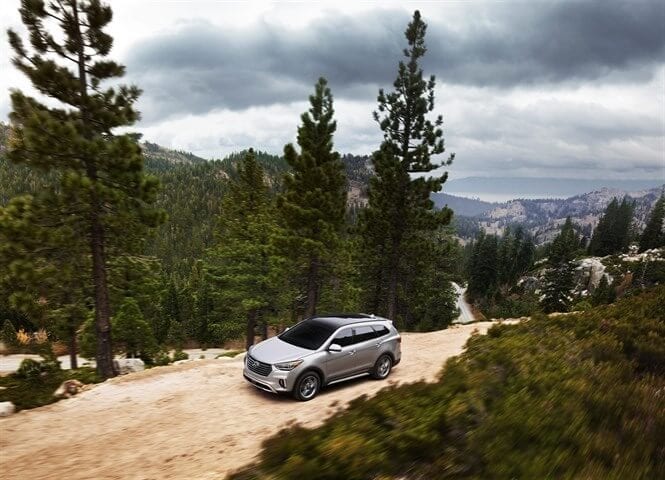
Key Notes If You're Short On Time
- Stick to a realistic budget by keeping monthly car payments between 10-15% of your take-home pay and the total car expenses under 20% of monthly income.
- Consider the total ownership costs including insurance, maintenance, and depreciation, and not just the monthly premium.
- Do thorough research on your ideal car considering must-have features, reviews, ratings, and how well it aligns with your lifestyle before driving and inspecting your top choices.
- Secure pre-approved financing to have a clear budget and stronger negotiating power in the dealership, and review all contract details before signing.
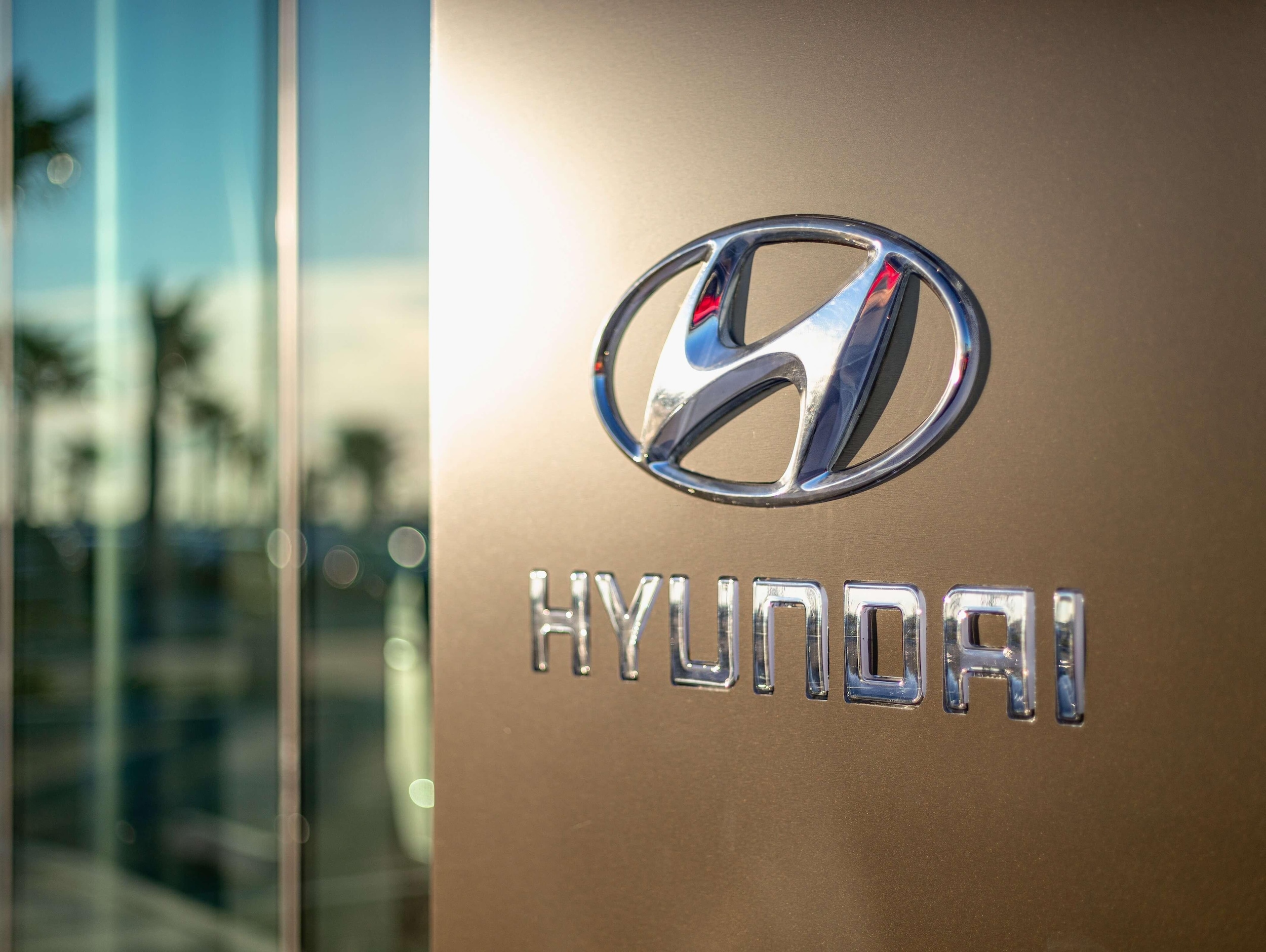
Establish Your Budget and Financial Readiness
When embarking on the quest for a new car, it's important to anchor your financial foundations by maintaining to a realistic budget. Aim to keep your monthly car payments moored between 10-15% of your take-home pay. This strategy ensures you have enough financial leeway to navigate through other monthly expenses without capsizing your budget.
Furthermore, it's wise to chart a course where the total car expenses, including the monthly payment, insurance, maintenance, and the often-overlooked depreciation, do not exceed 20% of your monthly income.
By taking into account the total ownership costs, you're not just buying a car; you're investing in a vessel that will reliably carry you on life's journeys without sinking your finances in an auto loan.
Think of your down payment as the fuel in your budget gas tank-the more you can afford upfront, the smoother your finance journey will be.
Don't let your budget drive you into a longer loan term with higher interest in a car loan; establish a clear financial destination from the start. Most importantly don't let emotions or someone else talk you into something that stretches you thin.
Assess Your Monthly Expenses
Your monthly budget is the car that drives your lifestyle, and it's essential to save some funds for a car payment without running over other expenses. Tally up your living costs, including:
- Housing
- Utilities
- Groceries
- Entertainment
- Insurance
- Taxes
Make sure that your financial commitments aren't stretched beyond their limits.
Allocate a portion of your leftover funds for the monthly payment, but don't forget to save for those unexpected detours like emergency repairs. Websites like Kelley Blue Book can be your co-pilot in this, helping you calculate a comfortable monthly payment that won't leave your wallet running on empty when paying for a car loan.
Calculate Total Ownership Costs
But wait, there's more to car ownership than just a monthly payment! Like planning a road trip, you need to account for all the stops along the way-insurance, maintenance, fuel, and registration fees. Don't get caught off guard by the hidden costs lurking behind the purchase price and the cost of an auto loan.
Use Kelley Blue Book's Five-Year Cost to Own calculator to map out your total ownership costs, ensuring your car purchase doesn't become a financial sinkhole. Remember, your journey includes all the car-related expenses that add up over time, such as:
- Fuel costs
- Insurance premiums
- Maintenance costs
- Repair costs
- Depreciation
- Financing costs
The sticker price is just the starting point; it's important to consider these additional expenses when budgeting for your car purchase. Its also best when seeking out your next car to get a purchase contract that outlines some of the other fees, retail costs, add ons, and sales tax that may be associated with the specific car, if its a bad idea or the right vehicle for you.
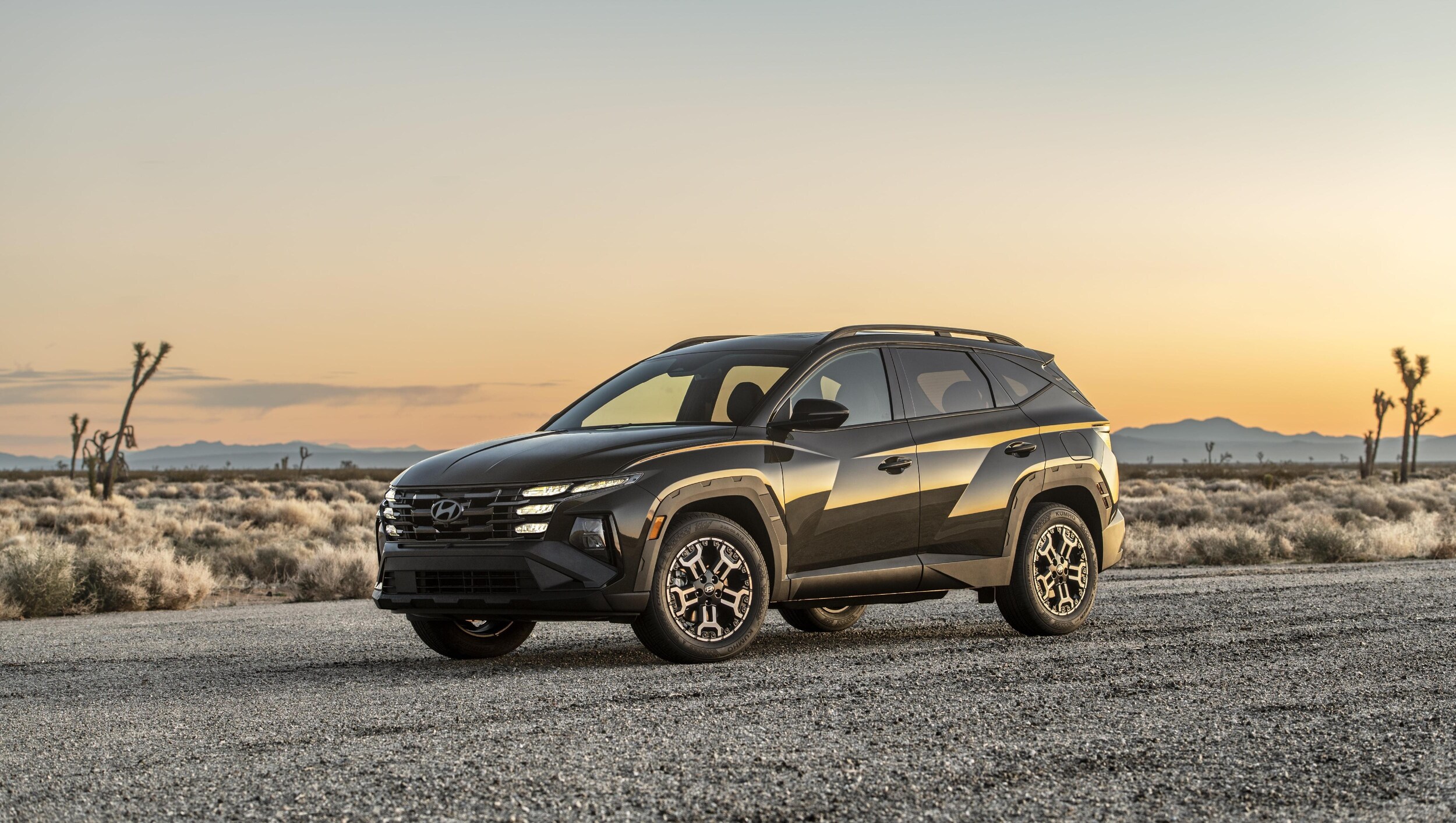
Research and Choose Your Ideal Vehicle
With your budget set, it's time to shift gears and start scouting for your ideal ride. Before you hit the car lots, make a pit stop and consider what you truly need in a vehicle. Is it the ruggedness for off-road adventures, the efficiency for city driving, or the space for family outings?
Align your vehicle type with your personal requirements and lifestyle.
To select the right automobile for you, follow these steps:
- Compile a list of must-have features.
- Use online resources to research and read expert and owner reviews, pricing, and current car deals.
- Narrow your options to a few models that check all your boxes.
- Make your final decision based on your research and personal preferences.
By following these steps, you can find the perfect car that meets all your needs.
Evaluate Vehicle Types and Features
When selecting a car, it's like choosing the perfect travel companion-you want reliability and comfort without unnecessary excess. Consider essential safety features, such as automatic emergency braking and lane departure warnings, as your co-pilots for a safer journey.
For added comfort, look for heated seats and multi-zone climate systems, especially if you're trekking through different climates. And don't overlook the convenience of smartphone integration with Apple CarPlay or Android Auto for seamless navigation and entertainment.
There are cars that come with several interior features that others may not have, some may even include add-ons such as paint protection that won't cost you more money.
Whether you're captivated by a sunroof or tempted by custom paint colors, remember that each feature will impact your budget and potentially the resale value of your car. And with a variety of engine options available, choose the one that best fits your driving style and fuel efficiency needs.
Check Reviews and Ratings
Now, buckle up and take those potential cars for a virtual spin by checking their safety and reliability ratings. Your future car's safety ratings from NHTSA and IIHS can affect your auto insurance quote and peace of mind. Reliability scores from Consumer Reports and J.D. Power will give you a glimpse into the long-term satisfaction and value of your new car.
And don't just take the experts' word for it-user reviews can offer invaluable insights into real-world experiences with the car. These ratings and reviews are like road signs, guiding you toward a vehicle that won't leave you stranded down the line.
Secure Pre-Approved Financing
With your dream car in sight, it's time to talk numbers. One of the most advantageous options to consider is securing auto financing directly from the dealership. Dealerships often offer competitive financing options with lower APRs for new cars, which can be the best route to take for many buyers.
To start the financing process at the dealership, follow these steps:
- Discuss your needs with the dealership's finance specialist.
- Review the financing offers from the dealership, which may include incentives and rebates exclusive to their location.
- Understand that dealership financing can provide a seamless purchase experience, often with lower interest rates for well-qualified buyers.
By choosing dealership financing, you're likely to find a more streamlined buying process, and you could benefit from promotional financing deals that are not available elsewhere.
Why Dealership Financing Can Be Your Best Option
Dealership financing often simplifies the car-buying experience. You can select your car and secure financing all in one place, without the need to visit multiple lenders. Dealerships have relationships with various financial institutions, which enables them to offer a range of financing options that can be tailored to your specific situation.
In many cases, dealerships can offer the lowest available APRs, making it the most sensible choice for financing a new car. They may also offer special incentives, like cashback offers or low-interest rates, to buyers who finance through them.
And, once you are ready to switch to your new car, don't forget that you can also usually sell your old one to the dealership too, which makes it an even easier process.

Test Drive Your Top Choices
Schedule your test drives in advance to ensure the specific models and features you're interested in are ready to hit the road when you are. Adjust the seats, fiddle with the controls, and check the cargo space.
Test drive the car is not just about how the car feels on the road; it's also about how you feel in the car.
Plan Your Test Drive Route
Before you buckle up for the drive, plot your course. A good test drive route covers various road types and traffic conditions, giving you a comprehensive feel for the car's performance. If possible, include highways, city streets, and those notorious potholes to test suspension and handling.
And if possible, test drive cars on the same day, on the same route. It's the best way to compare your options and keep your driving experiences fresh in your mind.
Inspect the Car
During your drive, pay attention to the car's performance, but don't forget to inspect the features and comfort level. Here are some things to consider:
- Listen to the engine
- Feel the brakes
- Take note of how the car handles tight turns and rough terrain
- Ask the salesperson to demonstrate all the key operations, from pairing your phone to adjusting advanced safety features
This step is not just about how the car drives, but also about how the car fits your life. New cars may not have any issues whereas some older vehicles its still best to test drive the car and use it as a reference point for other tests that you may do.

Negotiate the Best Deal
Negotiation is the final lap in the buying a car process. It's where you take the wheel and steer the conversation towards the best price possible.
You can always ask the dealership about any promotions they have, or potential discounts. Dealerships often run sales events for various occasions or before the month's end. If you have a vehicle to trade-in, you may also be able to reduce your payments or get a good deal to sell it to them.
Lastly, don't forget to select the accessories and warranty packages you that suit your needs.
Focus on Total Cost, Not Monthly Payments
When negotiating, keep your eyes on the prize-the total cost of new cars. Your monthly expenses can be complicated; they don't include the interest and fees that accumulate over the life of the loan.
Remember, a good deal isn't just about the sticker price; it's about the entire package, including a fair trade-in value and transparent customer service. The dealer retail value may even come with some added discounts that will help offset some of the upfront costs of owning a car.

Finalize Your Purchase and Sign the Paperwork
You're at the finish line, ready to finalize your purchase and sign on the dotted line. This is the time to focus, ensuring every document reflects your negotiated terms accurately. Don't let the excitement of the moment rush you through this crucial step. Review each part of the contract, question any unclear fees, and confirm that verbal agreements are in writing.
If there's a trade-in involved, make sure the dealership pays off any existing loan on your old car. Remember, it's not just about signing; it's about understanding what you're signing.
Review the Contract
Ensure every number and clause in the contract is as you negotiated. Any discrepancies between what you agreed upon and what's in writing should be addressed before you sign. If the finance manager introduces fees or terms that weren't discussed, don't hesitate to ask for clarification.
Confirm Insurance Coverage
Before you drive off in your new car, make sure your new vehicle is properly insured. Talk to your insurance agent about the cost of insuring different models before making a final decision. Once you've chosen your car, update your policy or confirm the grace period for new vehicle coverage with your insurance company.
Compare insurance products to ensure you're getting the best value for coverage that suits your needs, like gap insurance or an extended warranty.
Visit Imperial Valley Hyundai
After meticulously plotting each step of your buying journey, why not end your quest at a dealership renowned for exceptional service and value? Enter Imperial Valley Hyundai, where transparency in pricing is just the beginning of a superior car buying experience. Whether you prefer to shop for your car online using Hyundai's Click to Buy feature or in-person for a more traditional approach, Imperial Valley Hyundai caters to every preference with its Hyundai Assurance program.
With an inventory as diverse as the roadways you'll traverse, Imperial Valley Hyundai stands ready to match you with the perfect vehicle, backed by a team dedicated to customer satisfaction.
Explore Our Inventory
At Imperial Valley Hyundai, the options are as vast as the open road. With a selection that spans cars, trucks, and SUVs, equipped with engines ranging from eco-friendly Electric Motors to the robust Hyundai Theta II GDI, you're sure to find a vehicle that purrs in tune with your driving needs. And let's not forget style; choose from an array of colors like Curated Silver, Digital Green, or Ultimate Red to reflect your personal flair. Whether you're looking for a new car or a used car, doing a trade in, we have the best auto loans that won't break the bank.
With an impressive inventory of hundreds of vehicles, your ideal match is waiting for you at 634 Thomas Lane El Centro CA 92243 US.
See our reviews, we have many buyers that have left us a positive review about their experience they've had with our staff at Imperial Valley Hyundai.
Frequently Asked Questions
What is the easiest way to buy a new car?
The easiest way to buy a new car is to get preapproved for a car loan, research and drive the car, find the right price, and seal the deal without relying on dealer financing. This will streamline the process and give you a clearer budget to work with.
How much should my monthly car payment be in relation to my income?
Your monthly car payment should ideally be around 10% to 15% of your take-home pay, while your total car expenses, including payments, insurance, and maintenance, should not exceed 20% of your monthly income. This helps ensure you're not overextending yourself financially.
What should I consider when choosing features for my new car?
When choosing features for your new car, prioritize essential safety features that enhance your driving experience and reduce accident risk. Also, consider non-essential features that align with your comfort and preferences, but be mindful of their impact on cost and resale value.



